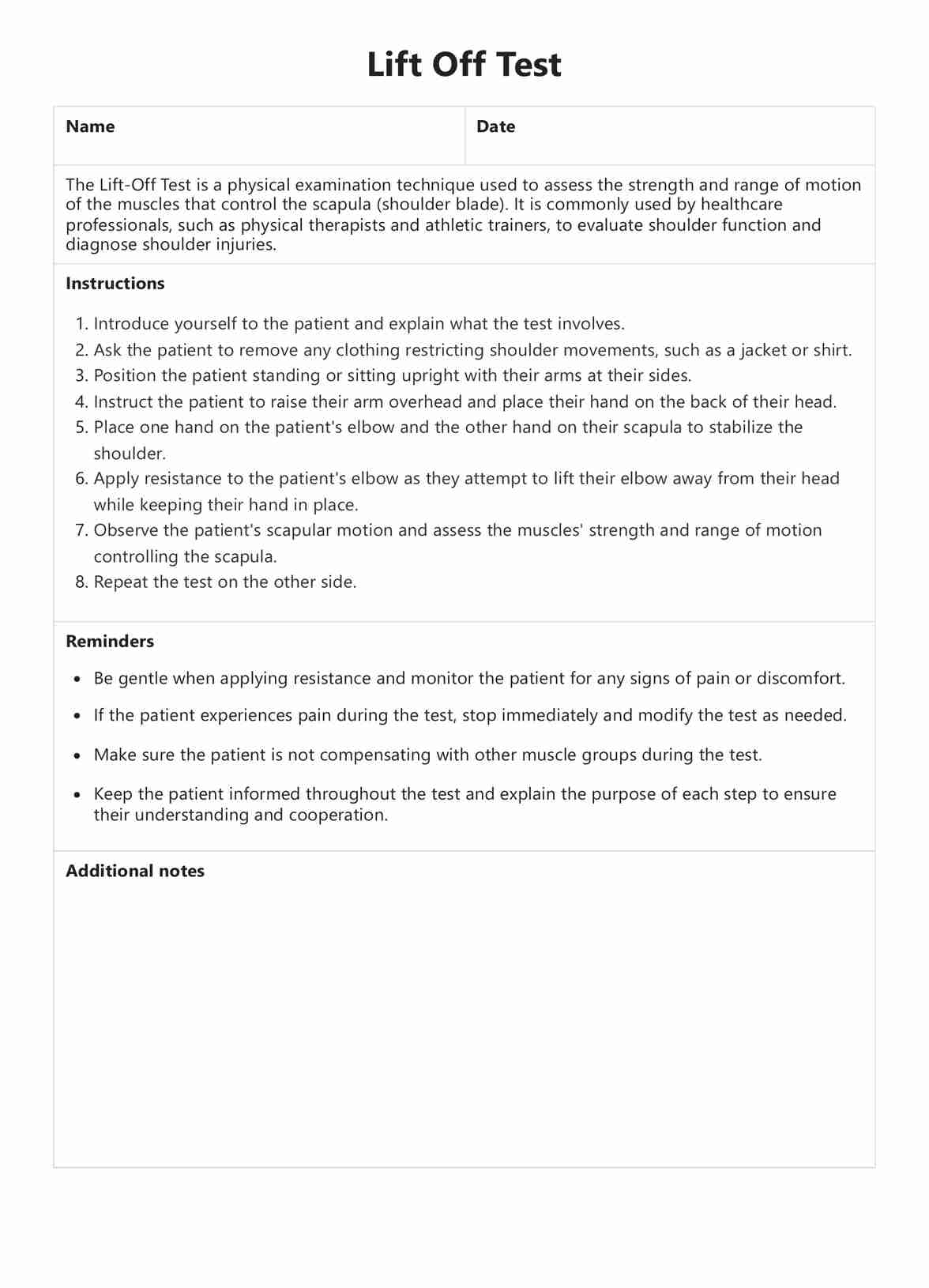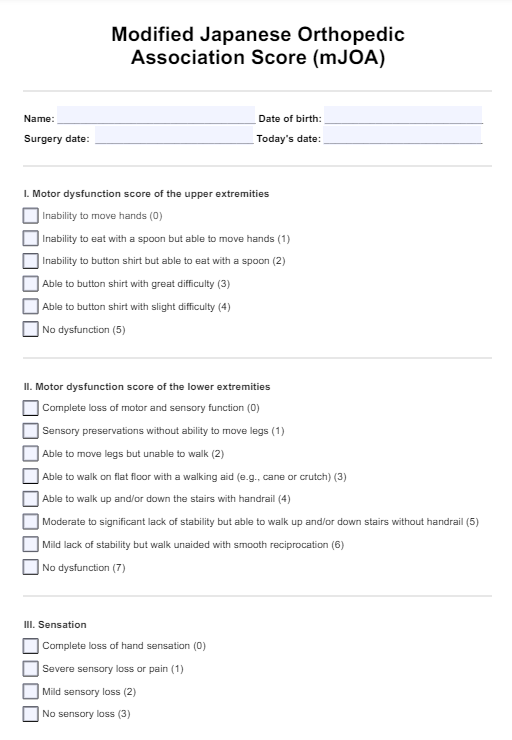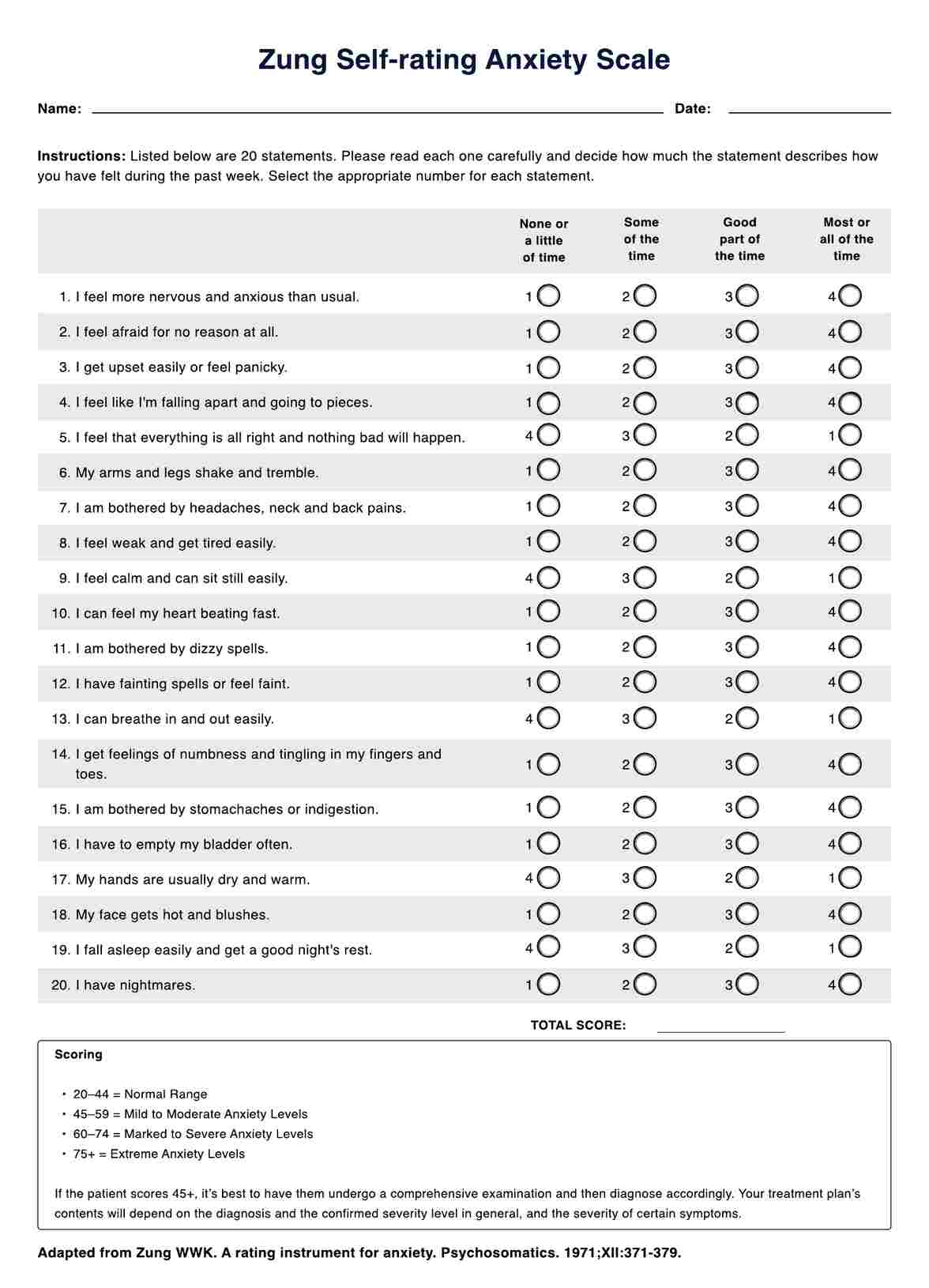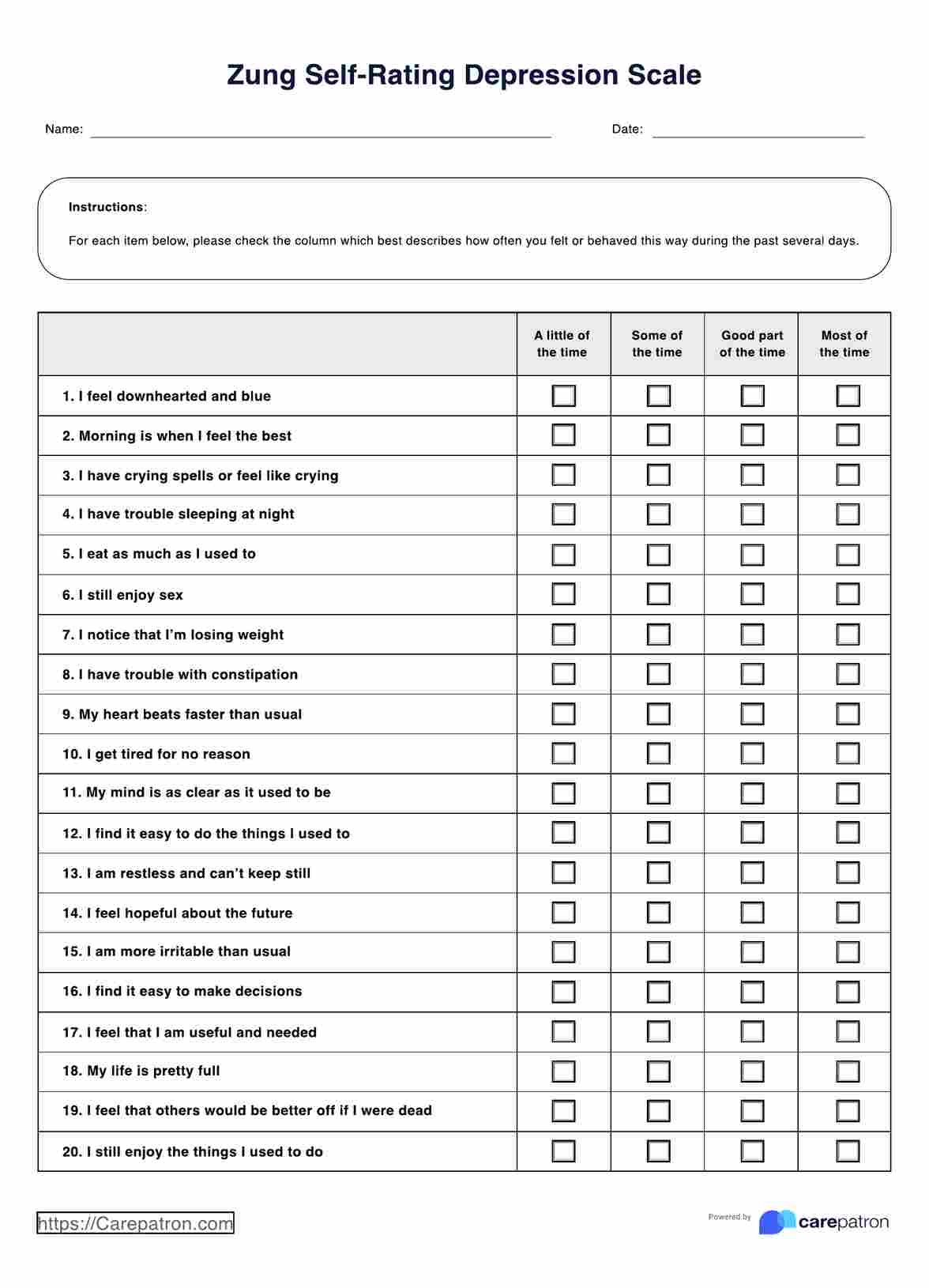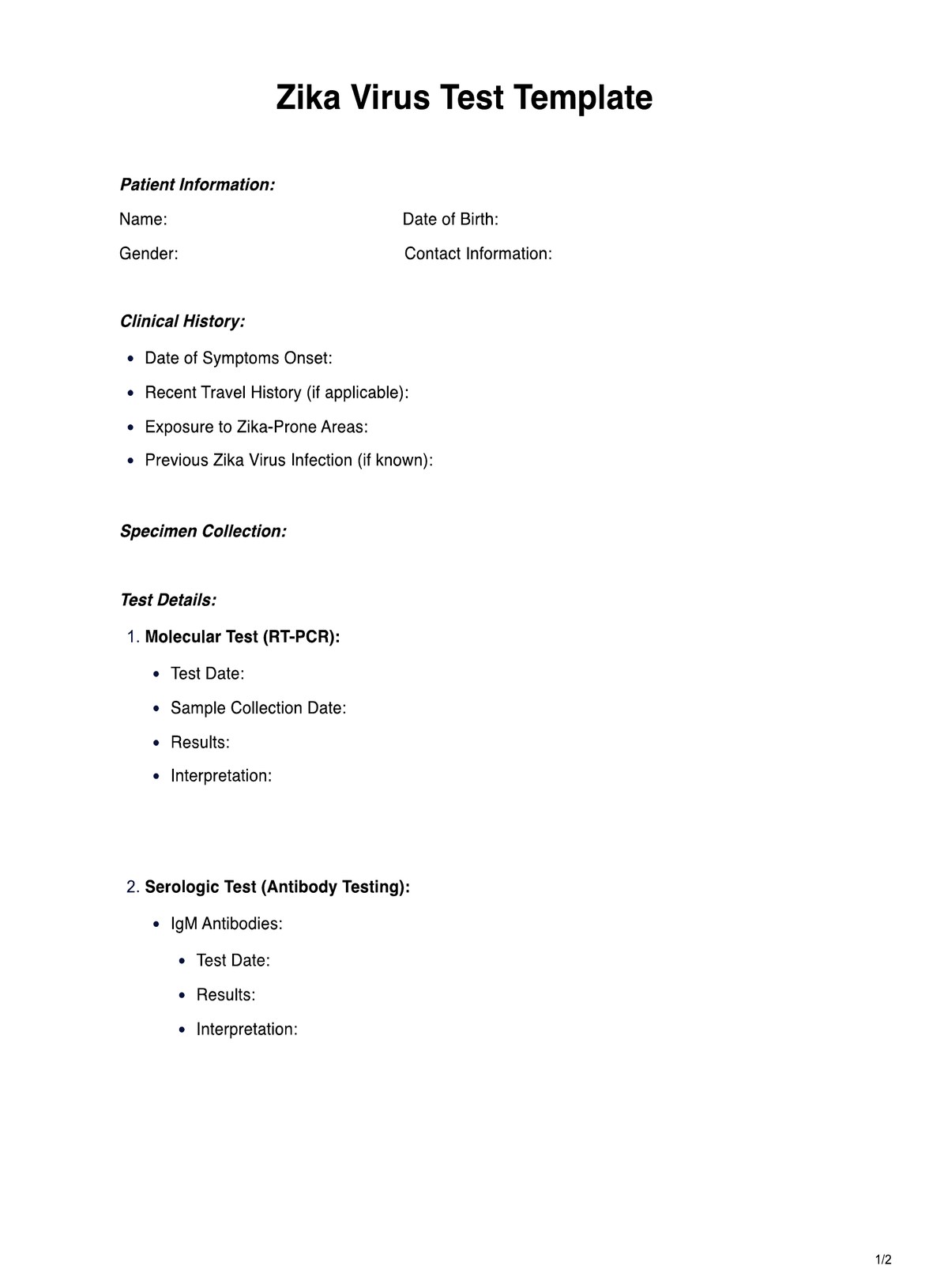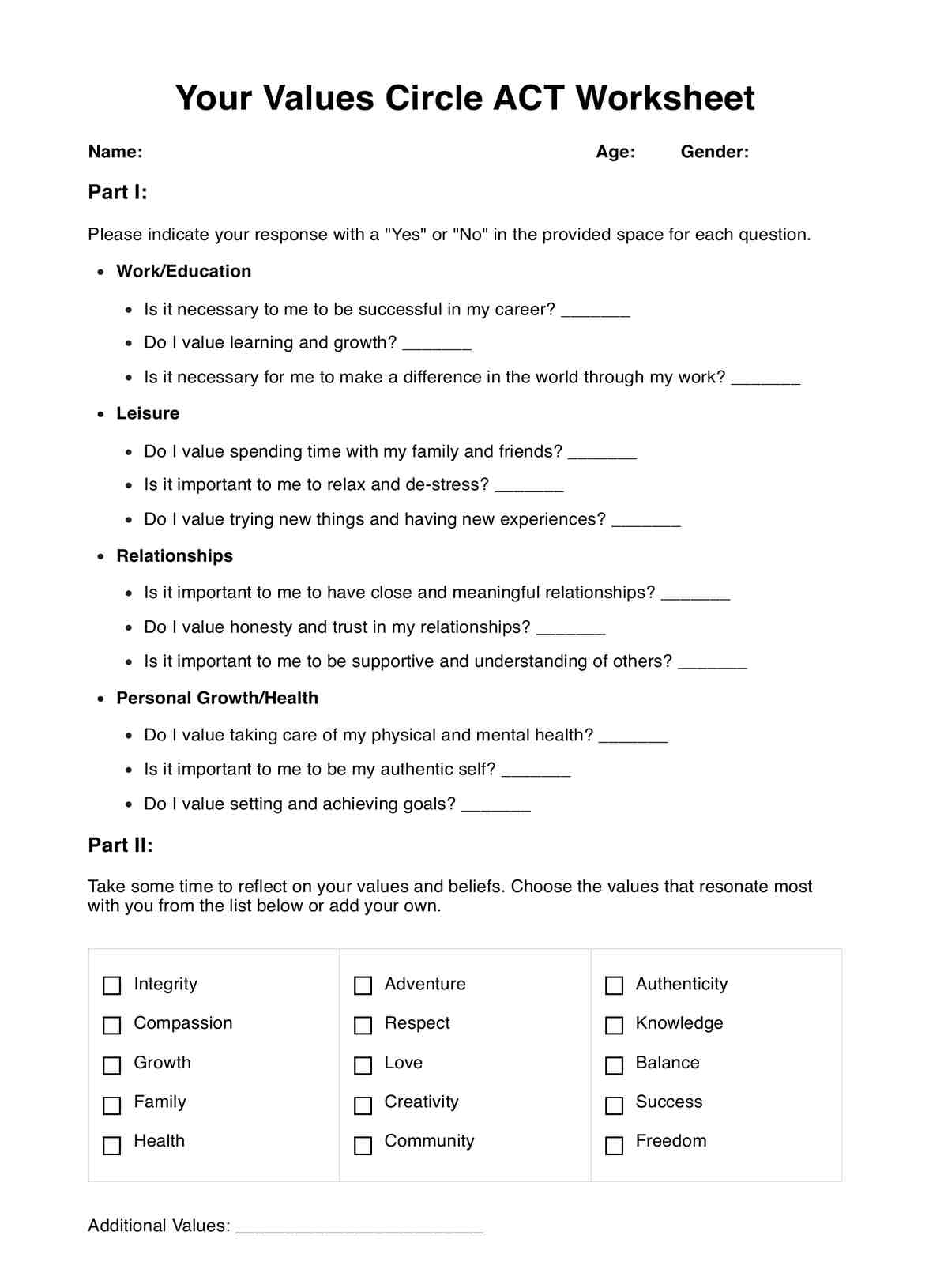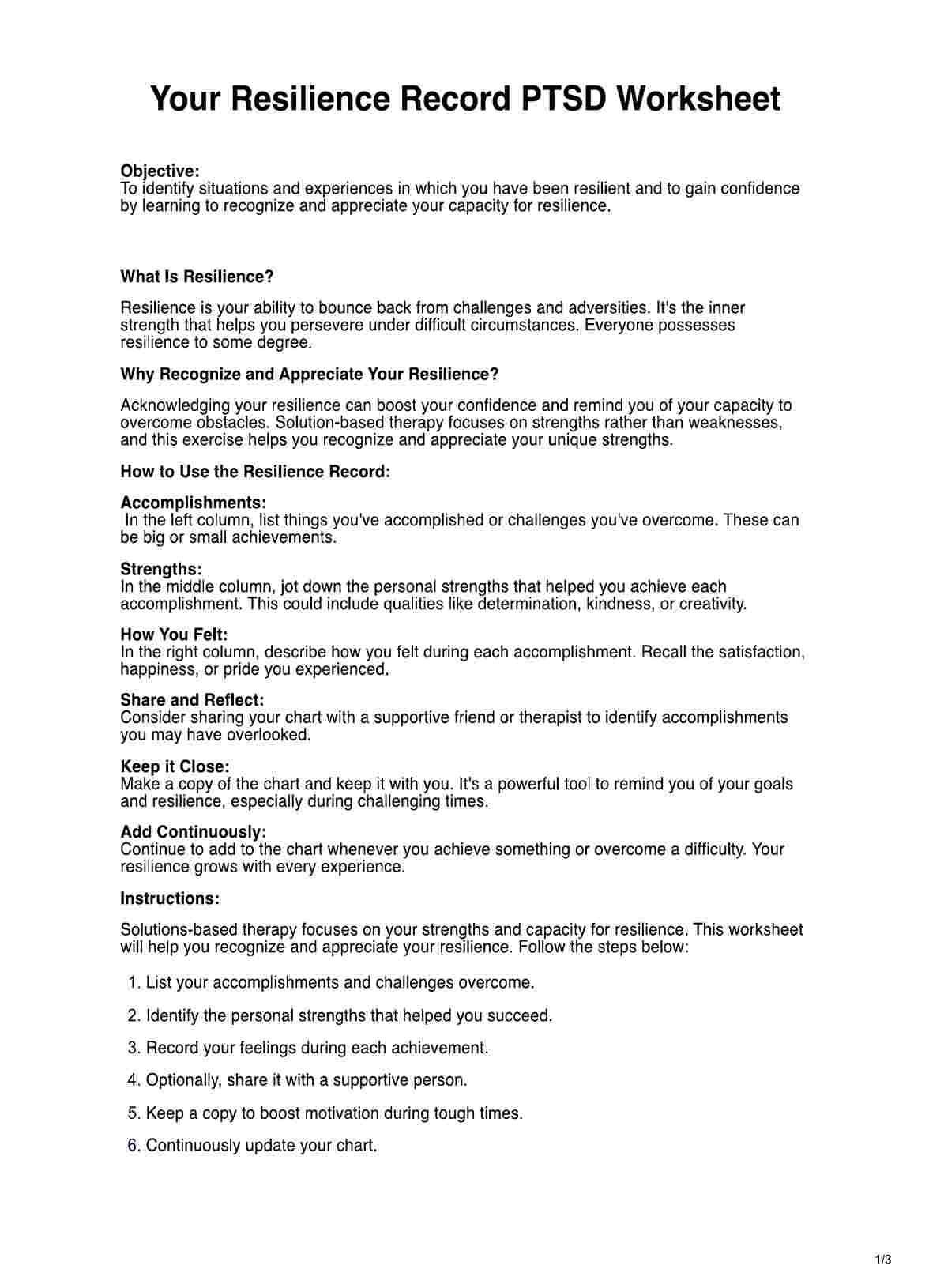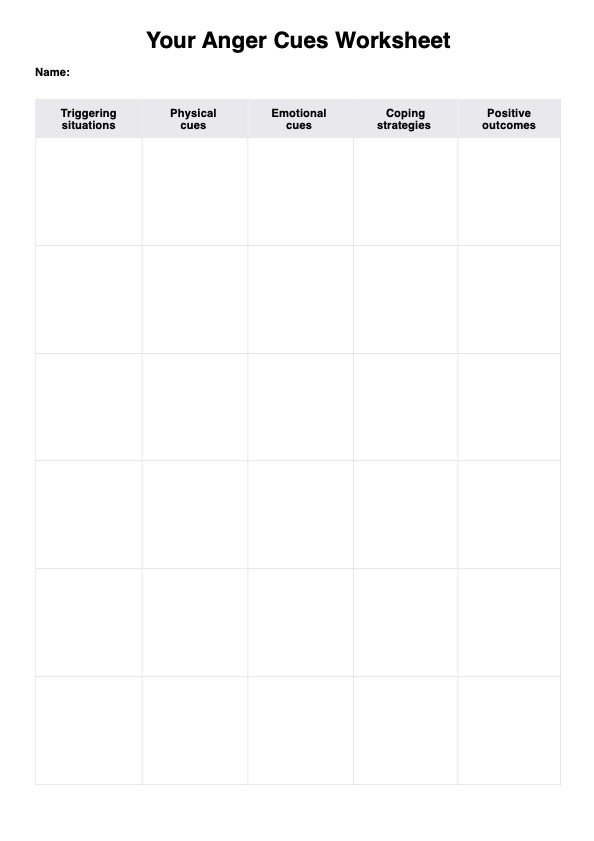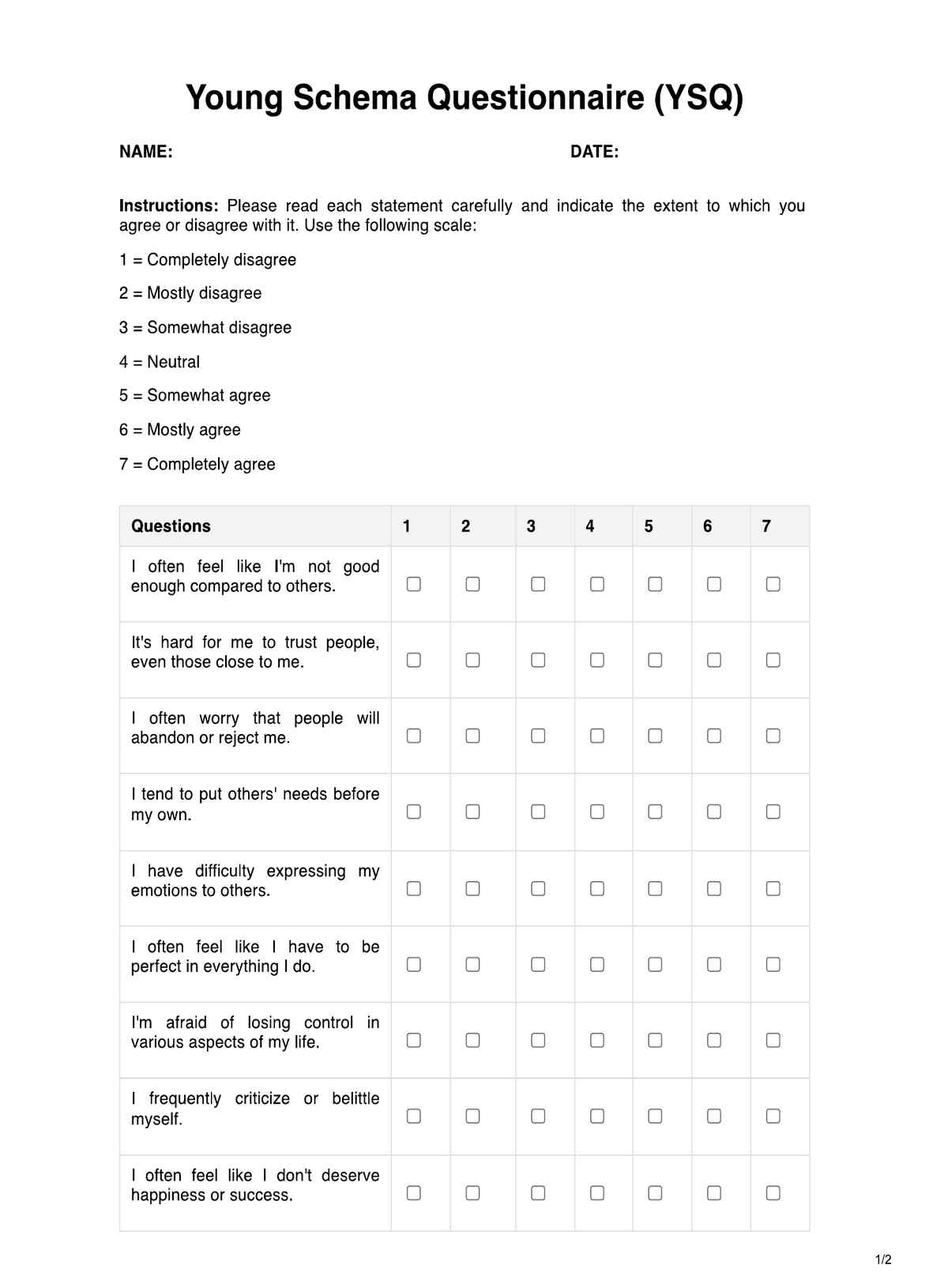The six main drug classifications by effect on the body include stimulants, depressants, hallucinogens, opioids, inhalants, and cannabis. These categories help clinicians understand a drug’s mechanism of action, therapeutic role, and possible side effects.
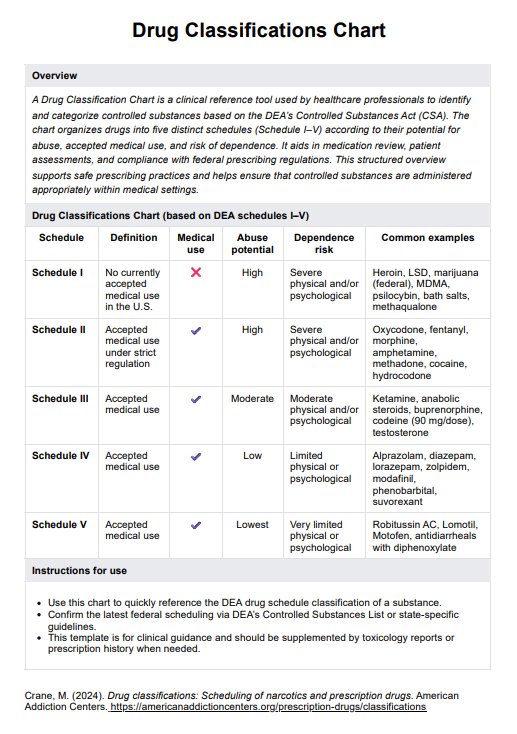
Drug Classifications Chart
Learn how to use Carepatron’s Drug Classifications Chart to identify, assess, and document controlled substances for safe, compliant medical decision-making.
Drug Classifications Chart Template
Commonly asked questions
Class 1 (Schedule I) drugs like heroin have no currently accepted medical use and high potential for abuse, while Class 2 (Schedule II drugs) such as cocaine, methamphetamine, or oxycodone have accepted medical uses but still pose severe psychological and physical dependence risks. Class 3 (Schedule III drugs) and Class 4 (Schedule IV drugs) include codeine, cough suppressant combinations, and approved medication with moderate to low abuse potential.
The Drug Enforcement Administration (DEA) enforces the Controlled Substances Act, ensuring that prescription drugs and illicit substances are regulated based on medical value, dependency potential, and abuse risk. It plays a vital role in protecting public health and overseeing legal compliance for human consumption of controlled active ingredients.
EHR and practice management software
Get started for free
*No credit card required
Free
$0/usd
Unlimited clients
Telehealth
1GB of storage
Client portal text
Automated billing and online payments



